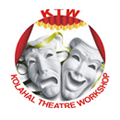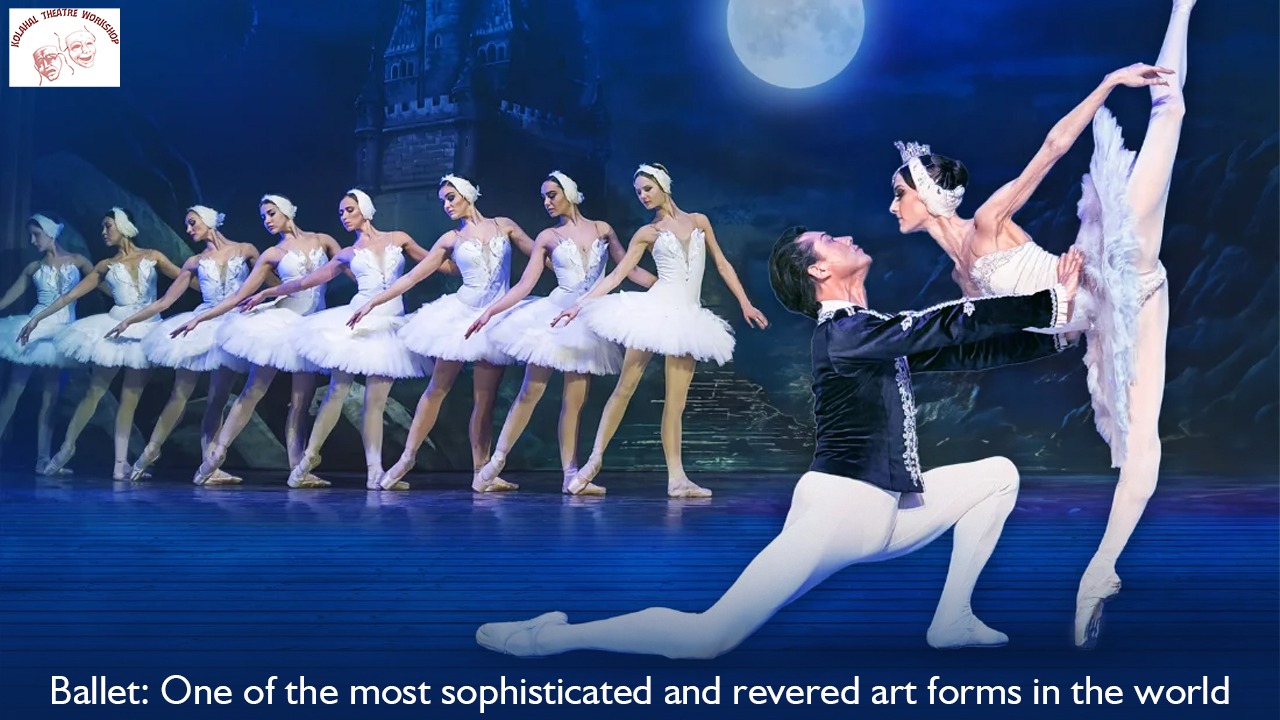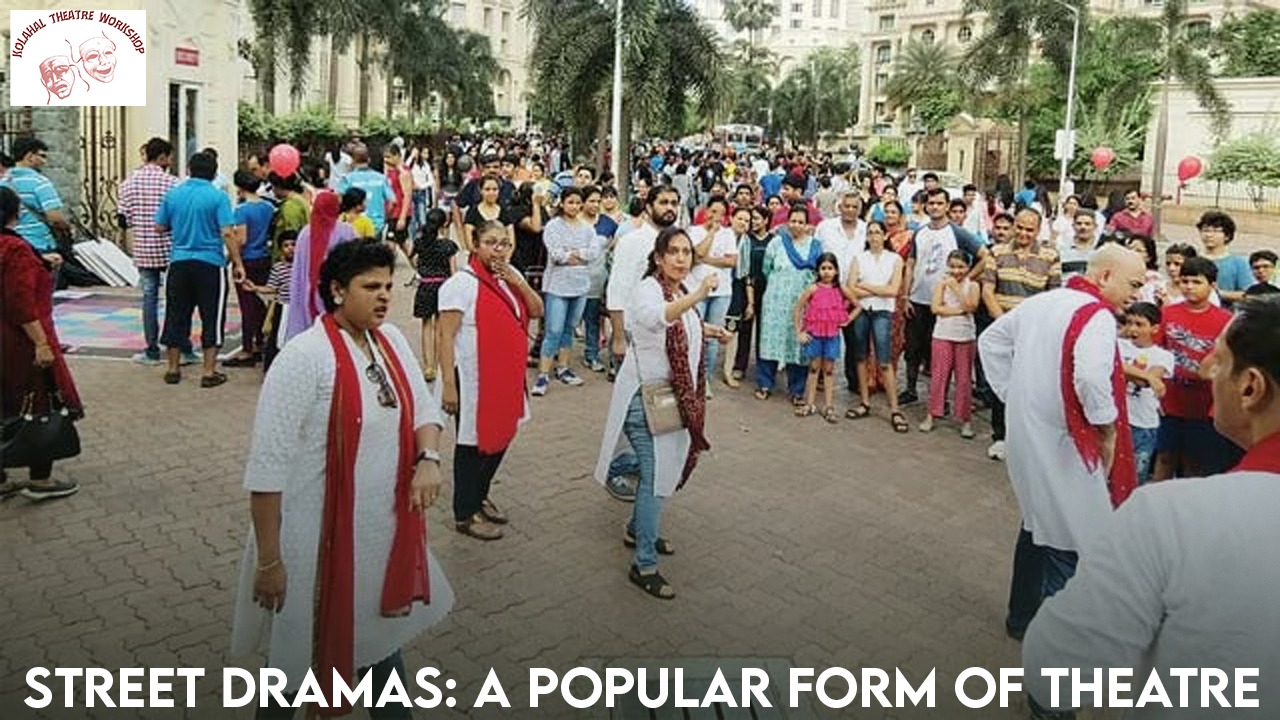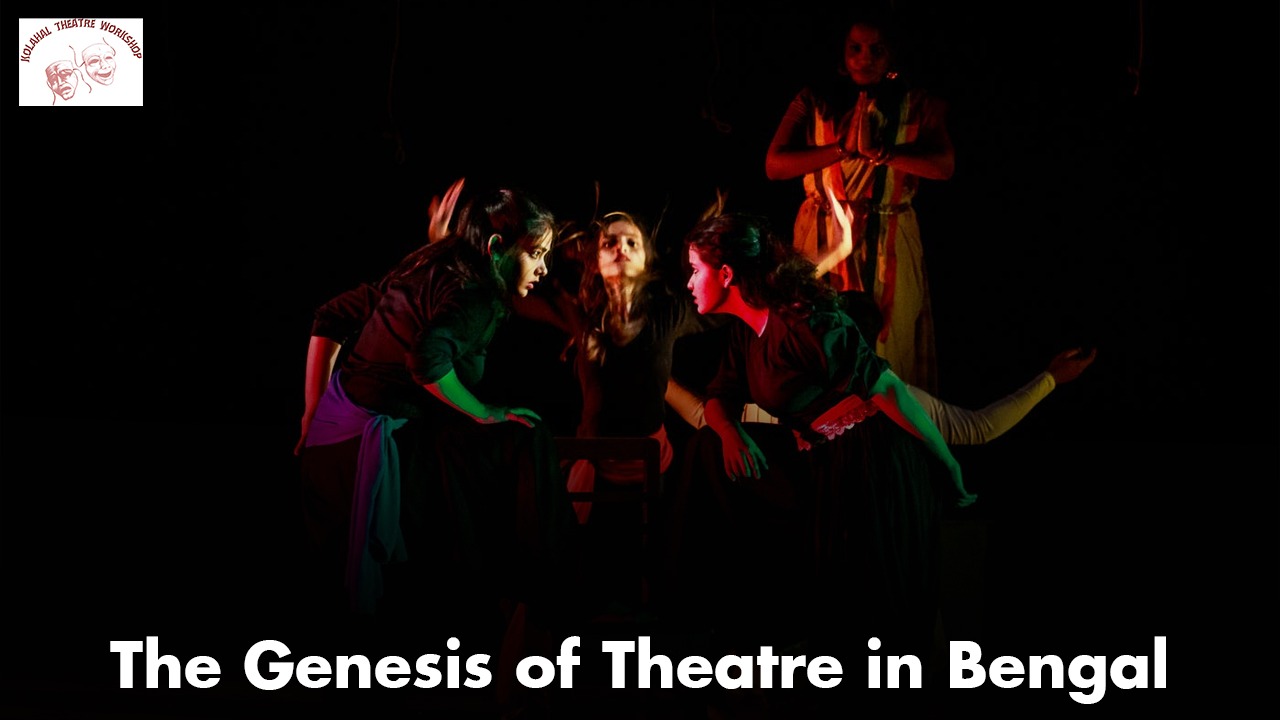The Transformative Power of Physical Theatre in Education
Introduction:
In the ever-evolving landscape of education, the transformative power of physical theatre in education approaches are constantly being explored. It enhance the learning experience. One such dynamic and engaging method gaining momentum is the integration of physical theatre into educational settings. This blog will delve into the world of Physical Theatre in Education. It will be exploring how movement and performance can become powerful tools for enriching the learning process.
The Essence of Physical Theatre:
At its core, physical theatre is a form of expression that places emphasis on the body’s movements and gestures. It is a means of storytelling. Unlike traditional theatre, where dialogue often takes center stage, physical theatre relies on the language of the body. It convey emotions, narratives, and concepts. By incorporating elements such as dance, mime, and gesture, educators can tap into a holistic approach.
Breaking Barriers in Education:
Physical theatre has a unique ability to break down barriers and create a more inclusive learning environment. It provides a platform for students to express themselves beyond the constraints of verbal communication, making it particularly beneficial for individuals with varying linguistic abilities or those who thrive in hands-on experiences. This inclusive nature fosters a sense of belonging and allows each student to engage with the material on a personal level.
Enhancing Cognitive Development:
The integration of movement and performance into educational practices has been shown to have a positive impact on cognitive development. Through physical theatre activities, students not only improve their coordination and motor skills but also enhance their cognitive functions such as memory, problem-solving, and creativity. The multisensory nature of physical theatre engages different parts of the brain, leading to a more comprehensive and effective learning experience.
https://kolahal.org/2023/12/26/the-transformative-power-of-physical-theatre-in-expression/
Fostering Creativity and Collaboration:
Physical theatre encourages students to think outside the box and explore their creative instincts. By participating in group exercises and performances, students learn to collaborate, communicate, and appreciate diverse perspectives. These skills are not only valuable in the realm of performing arts but also translate into real-world scenarios, preparing students for the challenges they may face in their future careers.
Real-Life Applications:
The skills altogether acquired through physical theatre have practical applications across various academic disciplines. Whether it’s literature, history, science, or mathematics, the embodied learning experiences offered by physical theatre can be adapted to suit a wide range of subjects. Thus this versatility makes it a powerful tool for educators seeking innovative ways to engage students and make learning more meaningful.
Conclusion:
In Conclusion, Physical Theatre in Education represents a dynamic approach to learning that goes beyond the traditional boundaries of classroom. Thus by incorporating movement and performance, educators can unlock new avenues for understanding and expression. It fosters love for learning that extends far beyond textbooks. However as we continue to explore innovative teaching methods, the transformative power of physical theatre stands as a testament to the limitless potential of education in shaping the minds and bodies of the next generation.





[…] https://kolahal.org/2023/12/29/the-transformative-power-of-physical-theatre-in-ducation/ […]
I loved your blog.Really looking forward to read more. Will read on…
Surely ..Thank you for the feedback
[…] https://kolahal.org/2023/12/29/the-transformative-power-of-physical-theatre-in-ducation/ […]